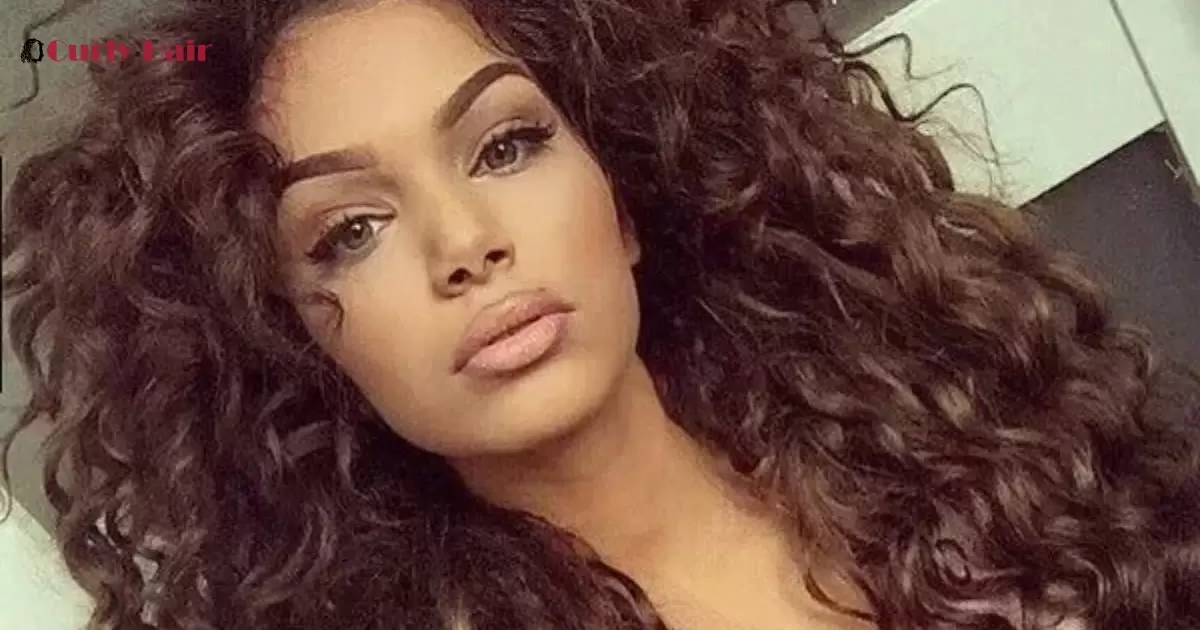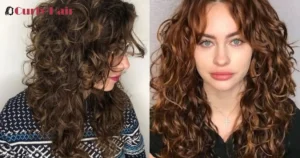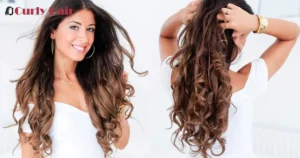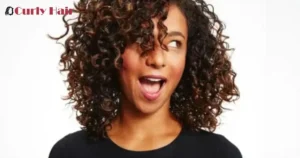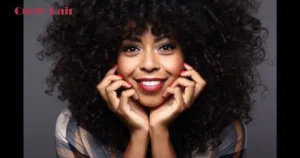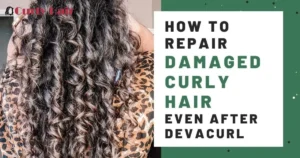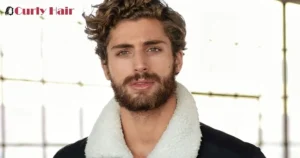Curling curly hair can help accentuate and enhance your natural texture. Curl curly hair using techniques like using a diffuser, twisting sections, or applying curl creams. This can add definition, volume, and a polished look to your curls without weighing them down.
Struggling to style your naturally curly hair? Feeling like your curls just won’t cooperate? Can you curl curly hair? Discover the secrets to accentuating your natural texture and bringing out the best in your curls.
Curly hair is a beautiful and unique feature, and curling curly hair can help you amplify its natural beauty. With the right techniques and products, you can bring out the best in your curls and feel confident rocking your signature style.
Key Takeaways
- Instead of trying to change them, learn how to enhance and define them.
- Keep your curls hydrated to maintain their health and vibrancy.
- Explore methods like plopping and pineapple to style your curls effectively.
- Steer clear of brushing dry curls and using harsh products to prevent frizz and breakage.
- Every curl is unique, so finding the right routine may require some trial and error.
Hair Texture And Type
Hair texture and type play a crucial role in determining how easily hair can be styled. Each person’s hair has a unique texture, ranging from straight to wavy to curly. Straight hair tends to be smooth and sleek, making it easier to curl with heat-styling tools. Wavy hair falls somewhere between straight and curly, offering a bit more texture for styling.
Meanwhile, curly hair naturally forms coils or spirals, which can make it challenging to curl further with traditional methods. Understanding your hair’s texture and type is key to achieving desired styles without causing damage. The thickness of the hair shaft also impacts how well curls hold. Fine hair tends to lose curl faster than coarse hair due to its lightweight nature.
Curling Tools And Techniques
| Curling Tools | Techniques |
| Curling Wand | Scrunching |
| Curling Iron | Twisting |
| Flexi Rods | Finger Coiling |
| Curling Cream | Diffusing |
| Curling Mousse | Plopping |
When it comes to curling tools and techniques, it’s essential to choose the right equipment for your hair type. For straight or wavy hair, a curling iron with adjustable heat settings can help create long-lasting curls. Those with curly hair may find that using a diffuser attachment on a blow dryer or flexi rods can enhance their natural curls without causing damage.
In addition to tools, mastering proper curling techniques is key to achieving the desired result. Start by applying a heat protectant spray to prevent heat damage, then section your hair into manageable pieces before curling.
Wrap small sections of hair around the curling wand or rod, holding for a few seconds before releasing for a natural-looking curl. Experimenting with different techniques and tools can help you discover what works best for your unique hair texture and style preferences.
Types Of Curling Irons
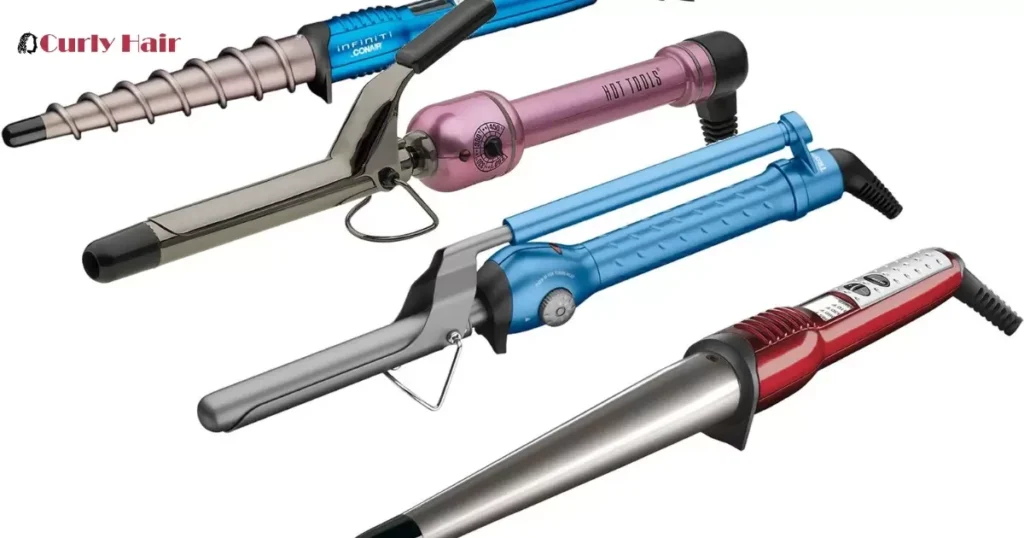
When it comes to curling irons, there are various types suited for different hair textures and styles. One popular option is the traditional clamp-style curling iron, which offers ease of use and versatility for creating a range of curl sizes.
Another option is the clipless curling wand, which provides more freedom in styling and prevents creases in the hair. For those seeking tight, uniform curls, a curling wand with a smaller barrel diameter is ideal. Conversely, a larger barrel diameter creates looser, beachy waves.
Ceramic and tourmaline barrels are preferred for their ability to distribute heat evenly and reduce frizz, while titanium barrels heat up quickly and are lightweight for easy handling. Lice like curly hair, experimenting with various types of curling irons can help you achieve your desired curl style while minimizing damage to your hair.
Maintaining Curly Curls
Maintaining those beautiful curls is all about understanding your hair type and using the right products. Start with a hydrating shampoo and conditioner designed for curly hair to keep those locks moisturized and frizz-free. Remember to gently detangle your curls with a wide-tooth comb or your fingers while your hair is wet hair curls overnight to prevent breakage.
Once a week, treat your curls to a deep conditioning mask to restore moisture and enhance their natural bounce. Avoid over-washing your hair, as this can strip away natural oils and leave your curls dry and dull. Instead, aim to wash your hair every 2-3 days or as needed, and use a satin or silk pillowcase to reduce friction and prevent frizz while you sleep. With a little TLC and the right care routine, you can keep your curls looking their best day after day.
Curl Preservation Tips
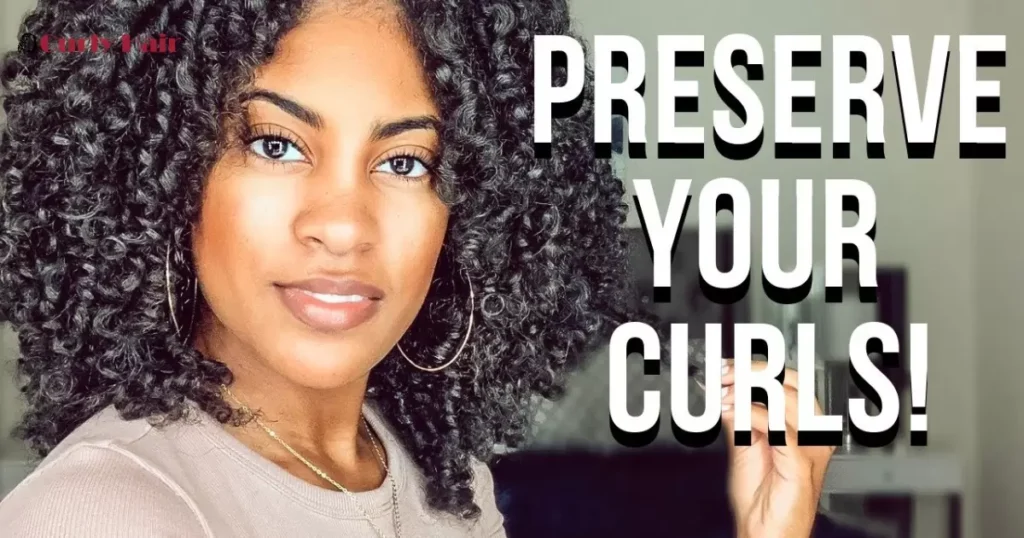
- Choose sulfate-free shampoo and conditioner designed for curly hair to maintain hydration and natural oils.
- Avoid brushing dry curls, instead, detangle gently with a wide-tooth comb or fingers while hair is wet and conditioned.
- Use a microfiber towel or an old t-shirt to gently squeeze excess water from the curls after washing to prevent frizz.
- Incorporating these practices into your routine helps preserve and enhance your natural curls for a defined, vibrant look.
Curly Hair Characteristics
Curly hair boasts a unique texture and shape, characterized by coils or spirals. These strands tend to be thicker and more prone to dryness. Their natural structure often leads to challenges in managing frizz and maintaining moisture. Embracing the natural pattern is key to styling and caring for curly hair effectively. Understanding these characteristics helps individuals choose the right products and techniques to enhance their curls’ health and appearance.
- Natural Curl Patterns
Different individuals possess various natural curl patterns, ranging from loose waves to tight coils. These patterns are determined by the shape of the hair follicle and the angle at which the hair grows. Understanding one’s curl pattern is crucial for selecting appropriate styling techniques and products. By embracing and working with their natural curl pattern, individuals can achieve the best results in styling and maintaining their curly hair.
- Frizz And Flyaways
Frizz and flyaways are common challenges for those with curly hair. These strands tend to be more susceptible to environmental factors like humidity. Proper hydration and the right products can help tame frizz and keep flyaways at bay. Understanding the causes of frizz empowers individuals to address it effectively and embrace their natural curls confidently.
- Moisture And Hydration Needs
Curly hair craves moisture and hydration to stay healthy and vibrant. Because of its unique texture, curly hair tends to be drier and more prone to frizz. Regular use of hydrating products like leave-in conditioners and moisturizing masks is essential to maintain the hair’s natural moisture balance. Incorporating techniques like the LOC (liquid, oil, cream) method can help lock in hydration and keep curls looking their best.
Hair Porosity And Elasticity

Understanding hair porosity and elasticity is crucial for effectively caring for curly hair. Porosity refers to how well hair can absorb and retain moisture. High-porosity hair absorbs moisture quickly but struggles to retain it, while low-porosity hair has difficulty absorbing moisture.
Conversely, elasticity refers to the hair’s ability to stretch and return to its original shape without breaking. Curly hair often has lower elasticity due to its natural coil structure, making it more prone to breakage if not properly moisturized and cared for. To determine hair porosity, a simple float test can be conducted by placing a strand of hair in a glass of water.
If it sinks quickly, it likely has high porosity, while if it floats, it likely has low porosity. Improving hair elasticity involves incorporating protein treatments into your hair care routine to strengthen the hair shaft and prevent breakage. Balancing moisture and protein is key to maintaining healthy, resilient curls that retain their shape and bounce.
Curling Tools And Techniques
Achieving beautiful curls requires the right tools and techniques. Use a curling wand or iron with the appropriate barrel size. Prep hair with a heat protectant, curl from bottom to top, and experiment with wrapping methods.
Ensure each section is evenly heated for consistent results. Hold the tool vertically or horizontally based on the desired curl type. Overnight curls require a gentle approach to preserve their shape. Allow curls to cool before separating for a relaxed finish.
Hair Prep And Protection

Before styling, preparing curly hair is crucial for optimal results. Begin by gently detangling the hair with a wide-tooth comb or your fingers to prevent breakage and minimize frizz.
Applying a heat protectant spray before using heat styling tools helps shield the hair from damage and maintain its health. It’s also beneficial to use a lightweight styling product, such as a mousse or curl cream, to define and enhance the natural curl pattern without weighing it down.
Styling Techniques For Curly Hair
When it comes to styling curly hair, gentle methods yield the best results. Avoiding harsh brushing or combing helps maintain the hair’s natural pattern and reduces frizz. Instead, opt for finger combing or using a wide-tooth comb while the hair is wet to detangle without causing breakage.
Using styling products specifically designed for curly hair can enhance its natural beauty. Applying a curl-defining cream or gel while the hair is still damp helps shape and define curls without weighing them down. Diffusing or air-drying curly hair instead of using heat styling tools can minimize damage and preserve its texture and bounce.
Product Recommendations
When selecting products for curly hair, opt for sulfate-free shampoos to avoid stripping natural oils. Look for conditioners enriched with moisturizing ingredients like shea butter or coconut oil. These help nourish and define curls, reducing frizz and enhancing manageability.
For styling, consider using curl-enhancing creams or gels to define and hold curls without stiffness. Avoid products containing alcohol, as they can dry out the hair. Instead, choose lightweight oils or serums to add shine and control flyaways. Experimenting with different products and techniques is key to finding what works best for your unique curl pattern and preferences.
Styling Products For Curls

When it comes to styling curls, selecting the right products is crucial for achieving the desired results. Lightweight, moisturizing creams and gels are ideal for defining short hair curls without weighing them down. Avoid products containing harsh chemicals like sulfates and silicones, as these can strip moisture and cause frizz.
For added hold and definition, consider using a diffuser when blow-drying or air-drying your hair. This helps enhance the natural shape of curls while minimizing frizz. Experiment with different techniques and products to find what works best for your unique curl pattern and preferences.
Leave-in conditioners And Curl Creams
Leave-in conditioners and curl creams are essential products for curly hair care routines. These lightweight formulas provide long-lasting hydration without weighing down the hair. They help to define curls, tame frizz, and enhance natural bounce and volume.
Leave-in conditioners work by nourishing and moisturizing the hair throughout the day, while curl creams provide extra hold and definition. Together, they create a perfect combination for achieving soft, manageable curls. Applying these products to damp hair ensures maximum absorption and effectiveness, leaving curls looking and feeling their best all day long.
Overnight Curl Care
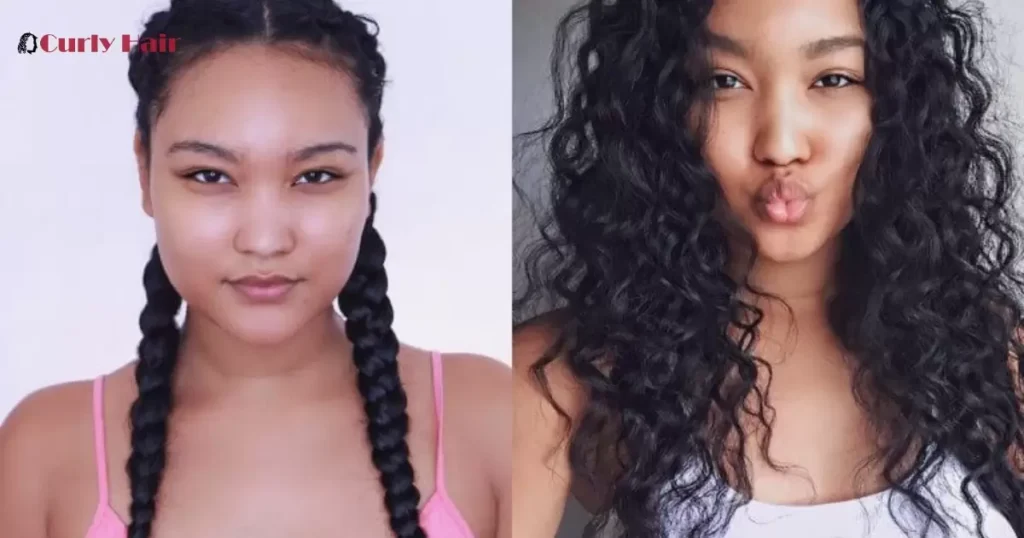
For those with curly hair, overnight care is crucial to maintain their curls’ health. Before bed, applying a nourishing leave-in conditioner helps keep curls hydrated throughout the night. Additionally, using a satin pillowcase reduces friction, preventing frizz and tangles while you sleep.
In the morning, refresh your curls by spritzing them with water mixed with a lightweight conditioner. Gently scrunching the hair helps reactivate the curls without disturbing their natural pattern. Avoid using heat-styling tools too frequently to prevent damage and maintain the integrity of the curls.
Pillowcase And Hair Tie Considerations
When it comes to maintaining curly hair, the choice of pillowcases matters. Opting for satin or silk pillowcases reduces friction and prevents tangles while you sleep. These smooth fabrics also help retain moisture, keeping curls soft and defined overnight. Avoiding tight hair ties and opting for scrunchies or satin-lined hair accessories minimizes breakage and preserves the integrity of curly hair strands.
It’s important to consider the way hair is tied up. Tight ponytails or braids can strain and damage curly hair. Opt for looser styles or pineapple updos to protect curls while sleeping or during physical activities. Being mindful of pillowcase materials and hair tie choices can contribute significantly to maintaining healthy, vibrant curls in the long run.
Overnight Curl Refreshing Techniques
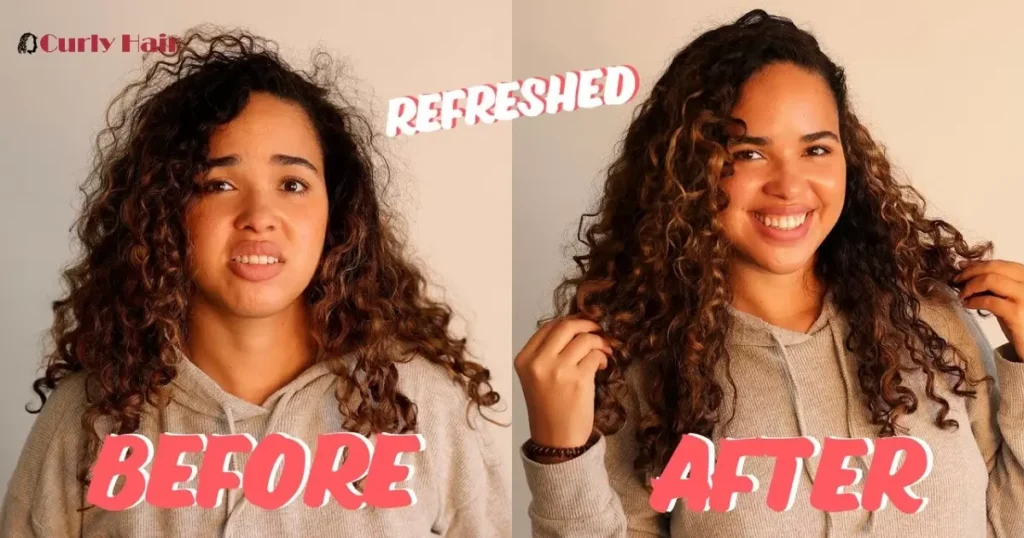
Refreshing curls overnight can revive their shape and bounce for the next day. One technique involves lightly dampening hair with a spray bottle, and then applying a small amount of leave-in conditioner to hydrate and redefine curls. Next, gently twist sections of hair around your finger to reform curls, then allow them to air dry or use a diffuser on low heat to set the style.
Another method is pineappleing, where hair is loosely gathered at the top of the head and secured with a scrunchie or hair tie to prevent flattening and preserve curl definition. This simple technique helps maintain volume and prevents tangles while you sleep, resulting in refreshed curls in the morning.
Frequently Asked Questions
Is there a way to make curly hair curlier?
Enhancing curl definition and bounce is possible with techniques like finger coiling or using curl-enhancing products tailored to curly hair types.
Can straight hair turn into curls?
Straight hair cannot naturally transform into curls, as the texture and shape of hair follicles determine its curl pattern.
What should you not do with curly hair?
Avoid brushing curly hair when it’s dry to prevent frizz and breakage.
Conclusion
In conclusion, the journey to embracing and enhancing curly hair begins with understanding its unique characteristics. Despite the common misconception implied by our keyword, can you curl curly hair, it’s not about changing the hair’s natural pattern but rather enhancing it.
By prioritizing moisture and hydration needs, using appropriate techniques like plopping and pineappling, and avoiding damaging practices, individuals can achieve healthy and beautiful curls. Remember, each curl is unique, so experimentation and patience are key to finding the best routine for your hair. With the right care and approach, curly hair can be a gorgeous expression of individuality and style.
